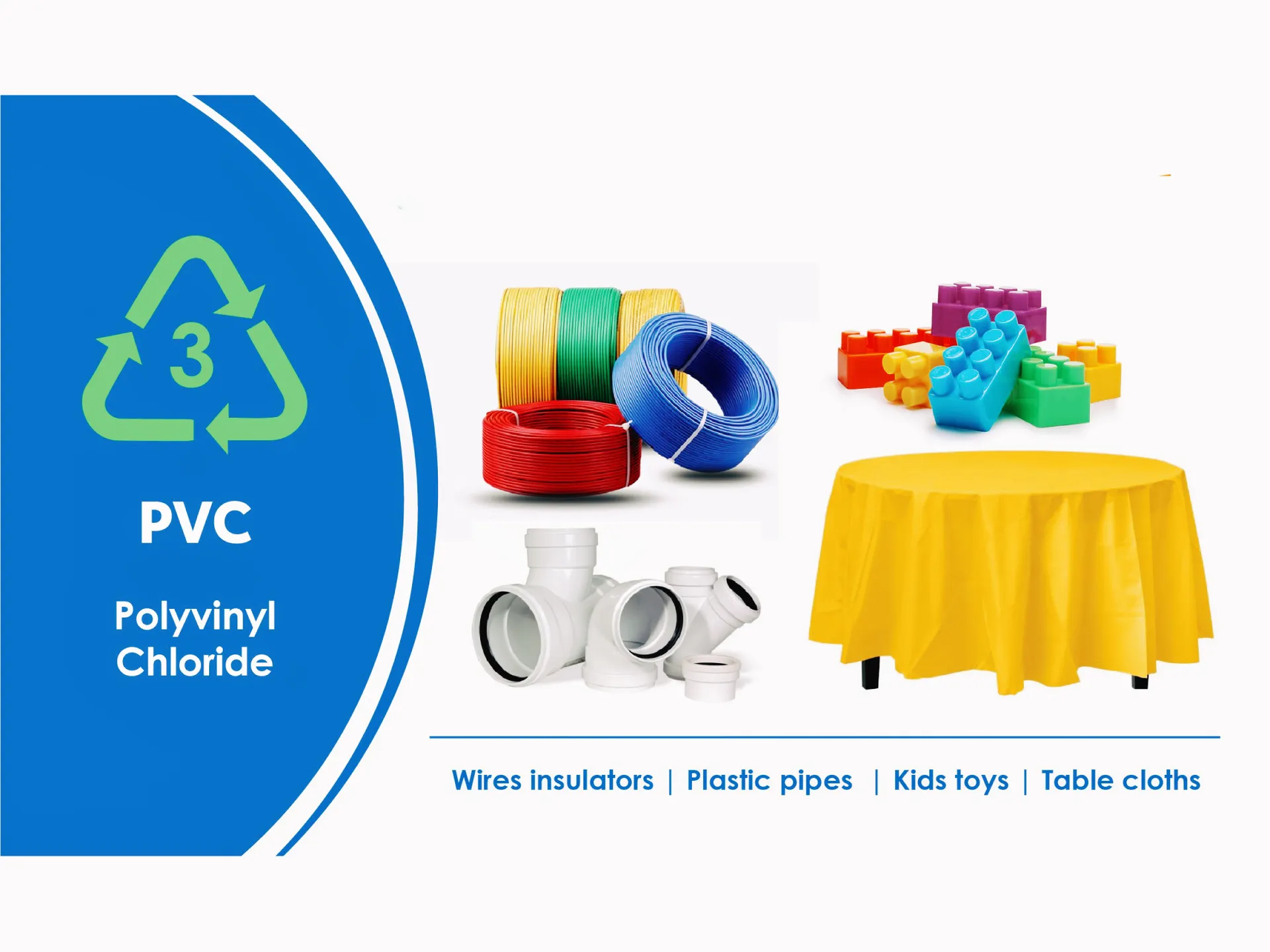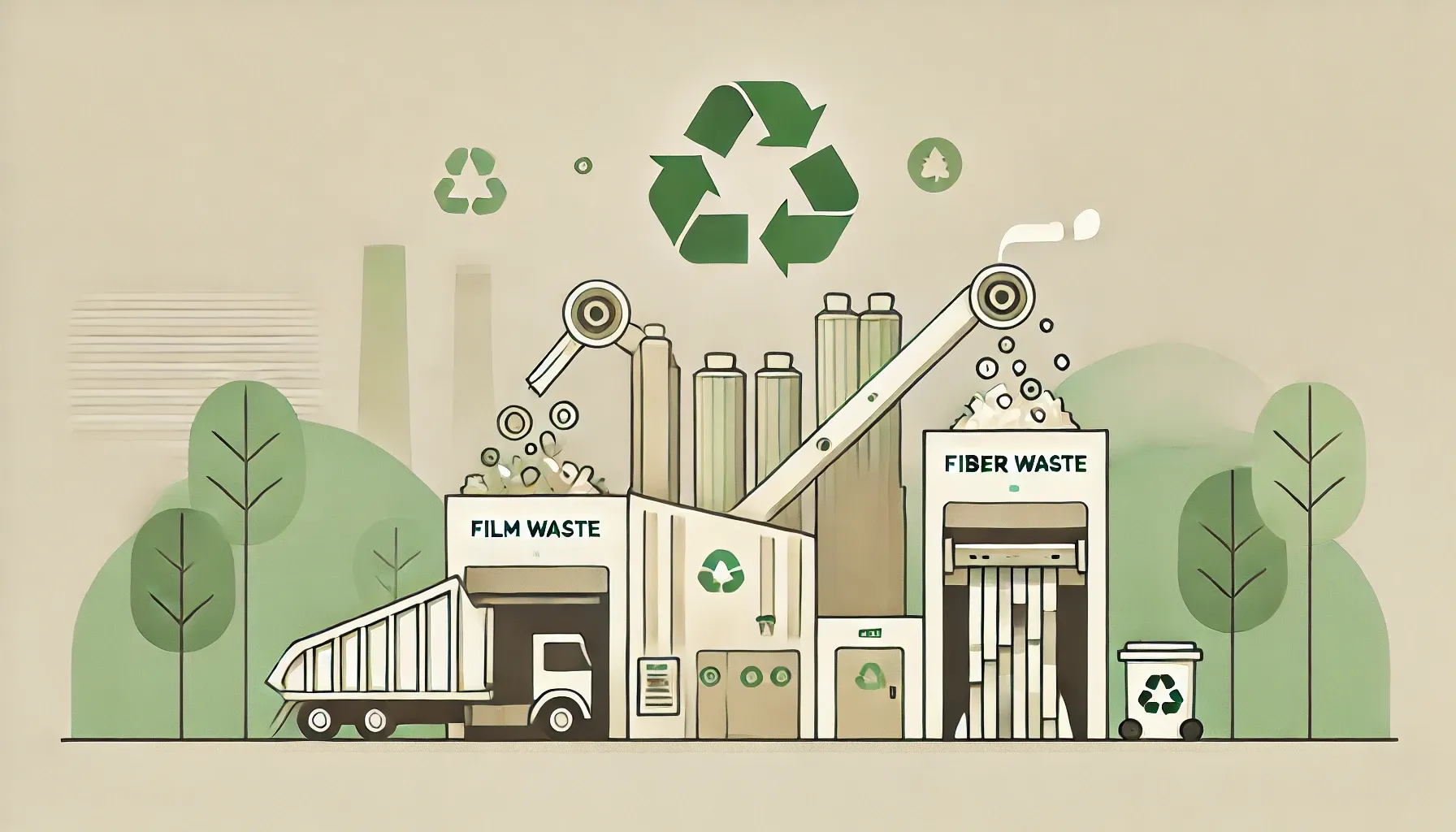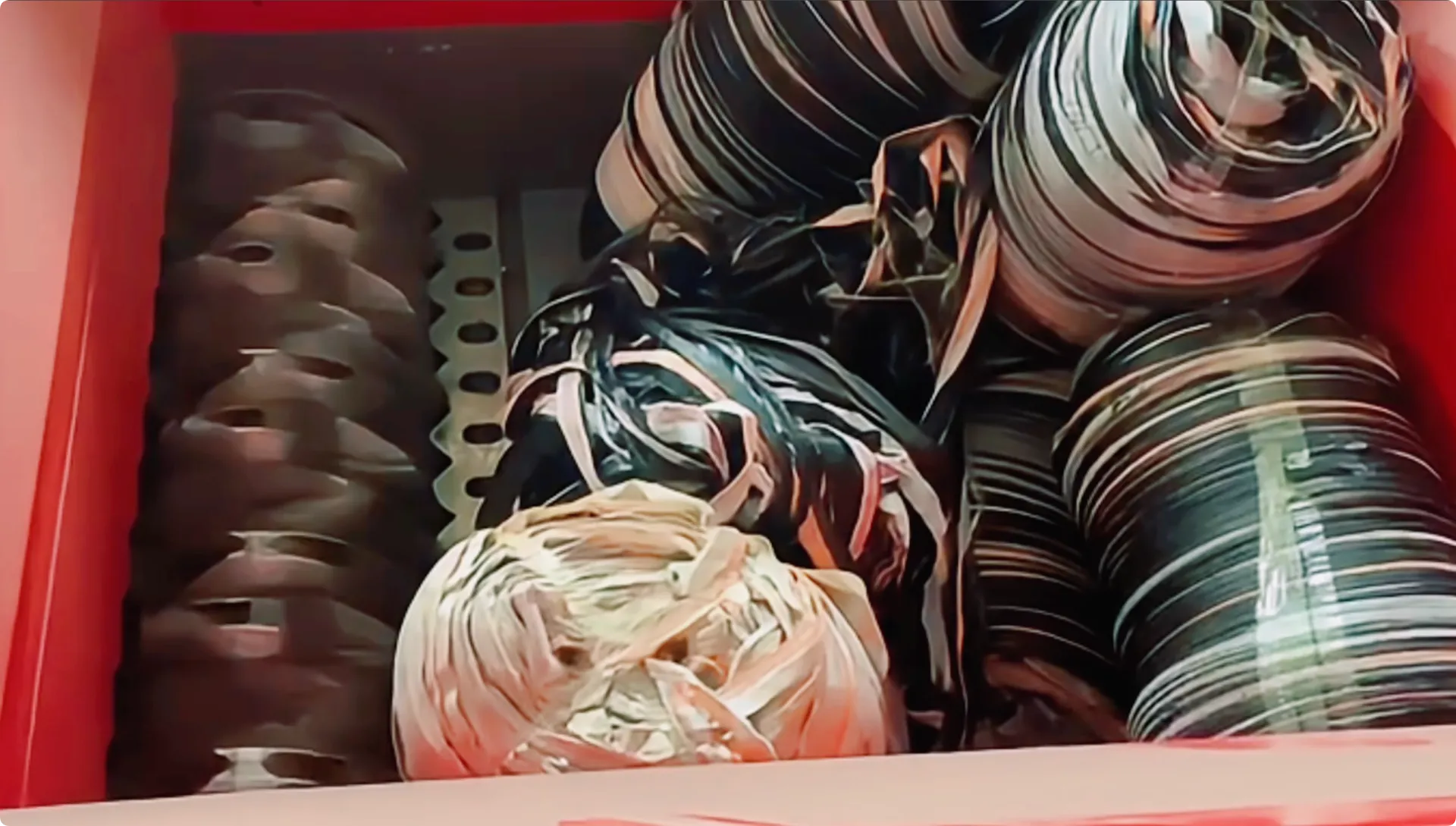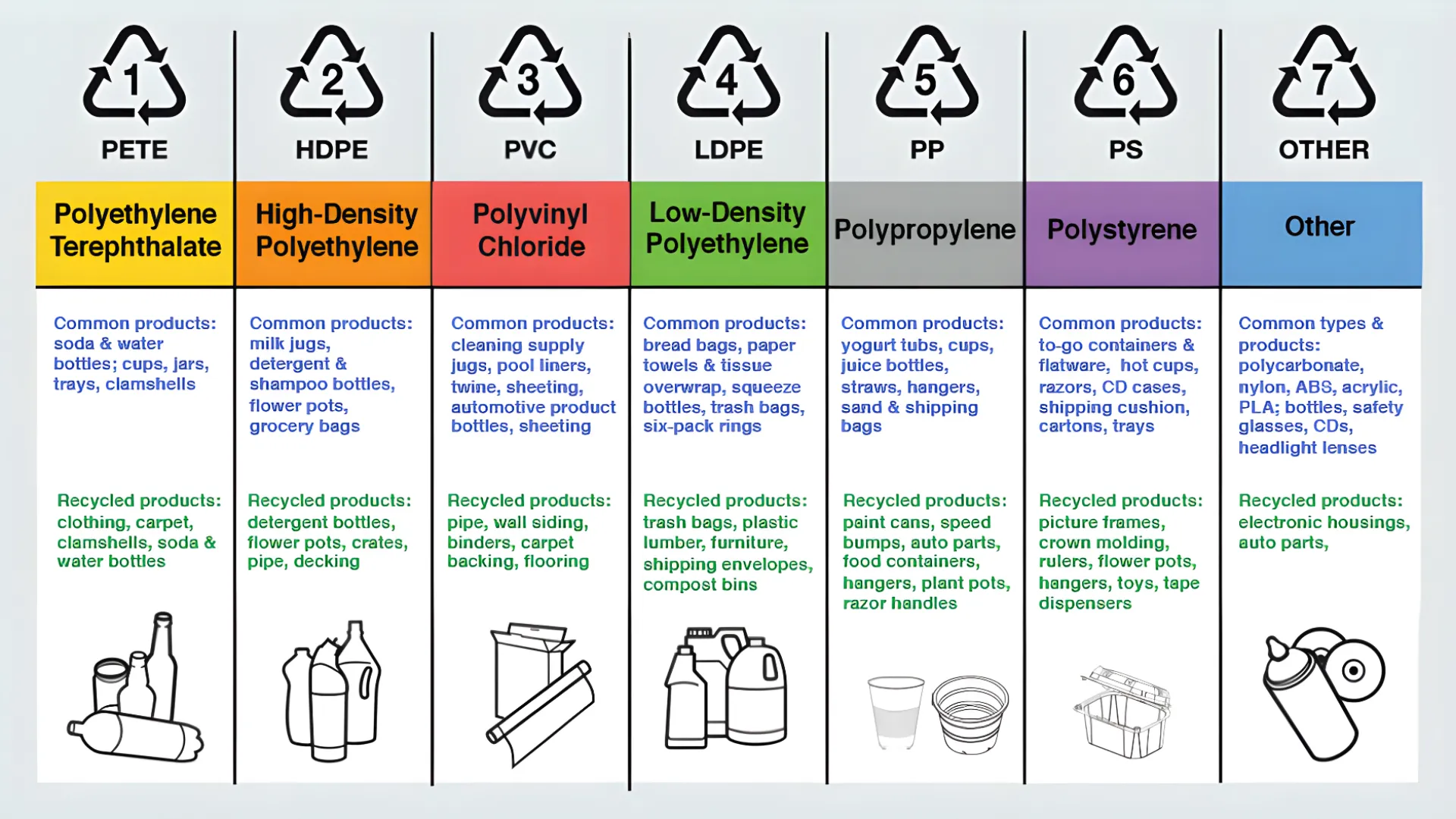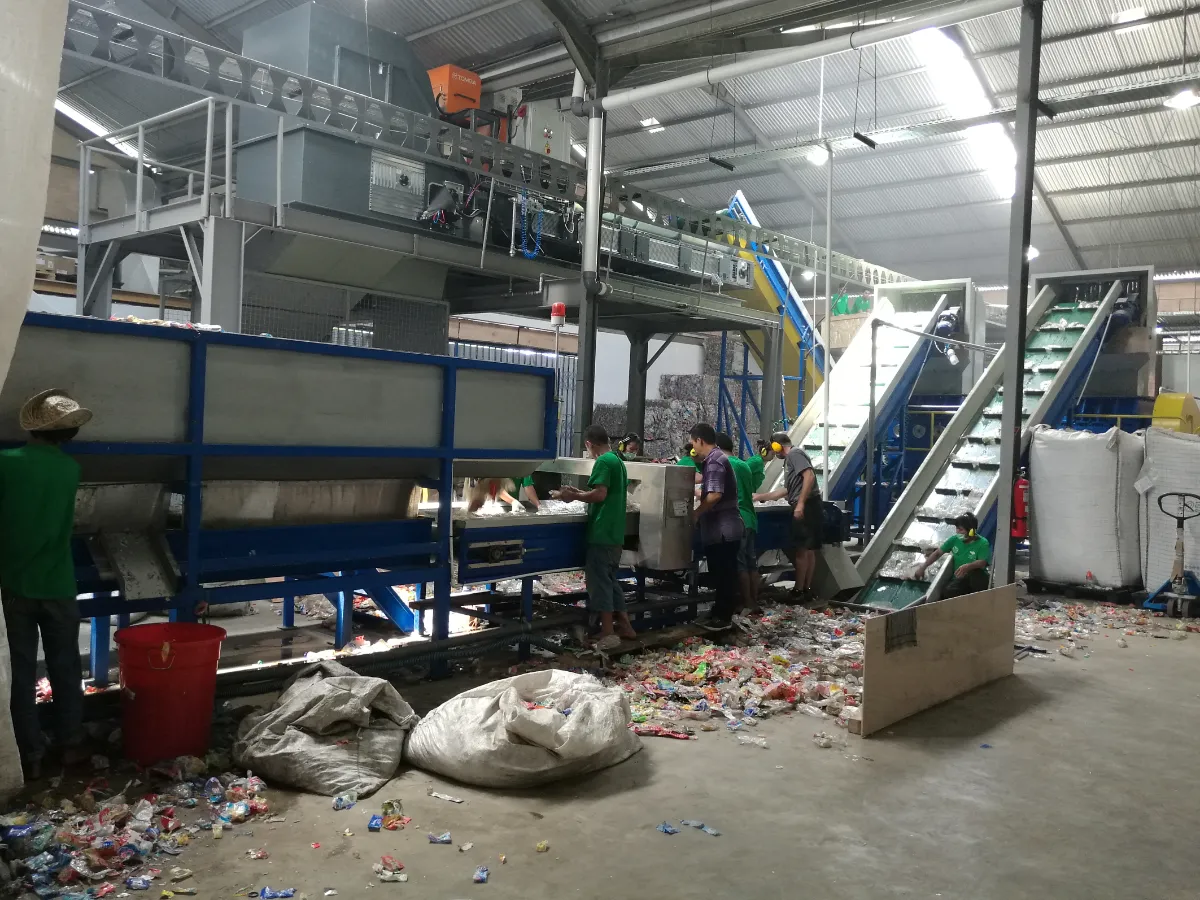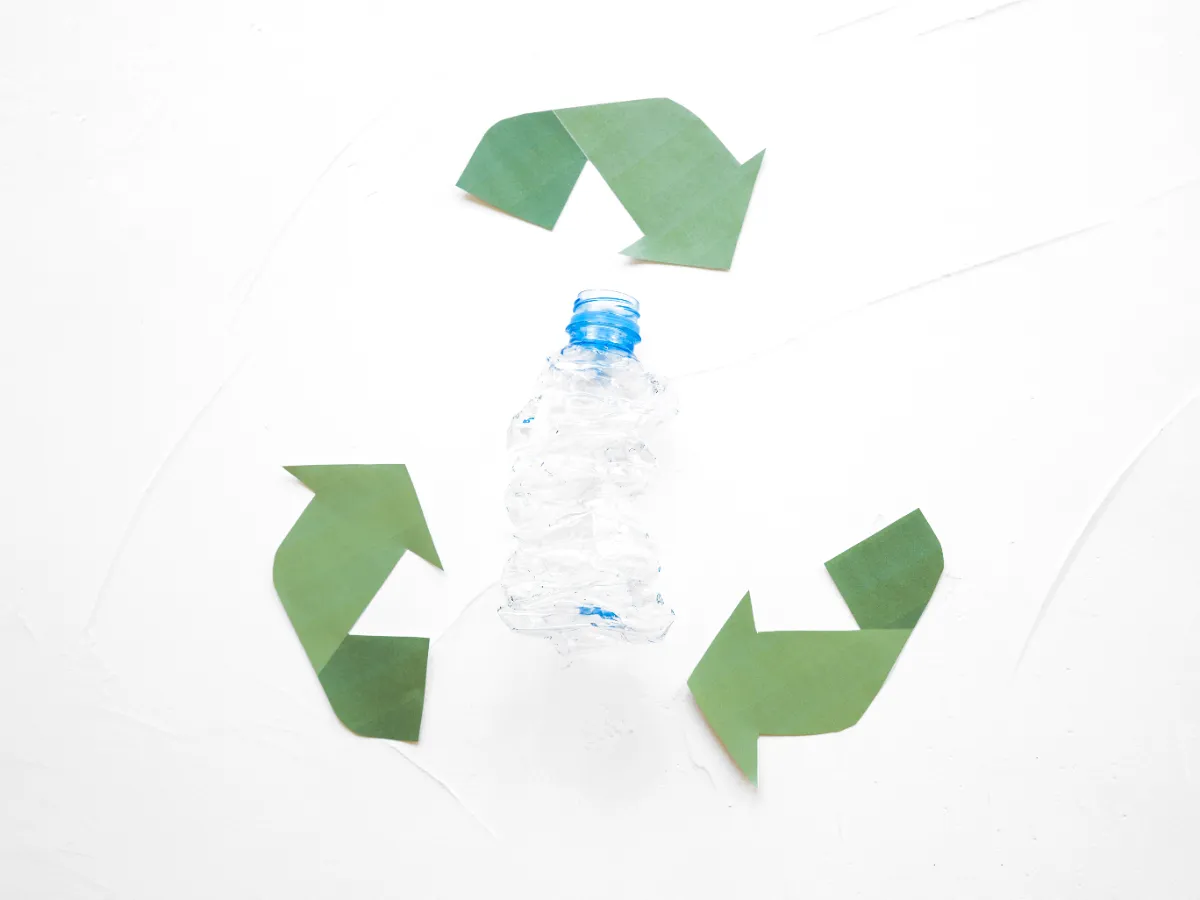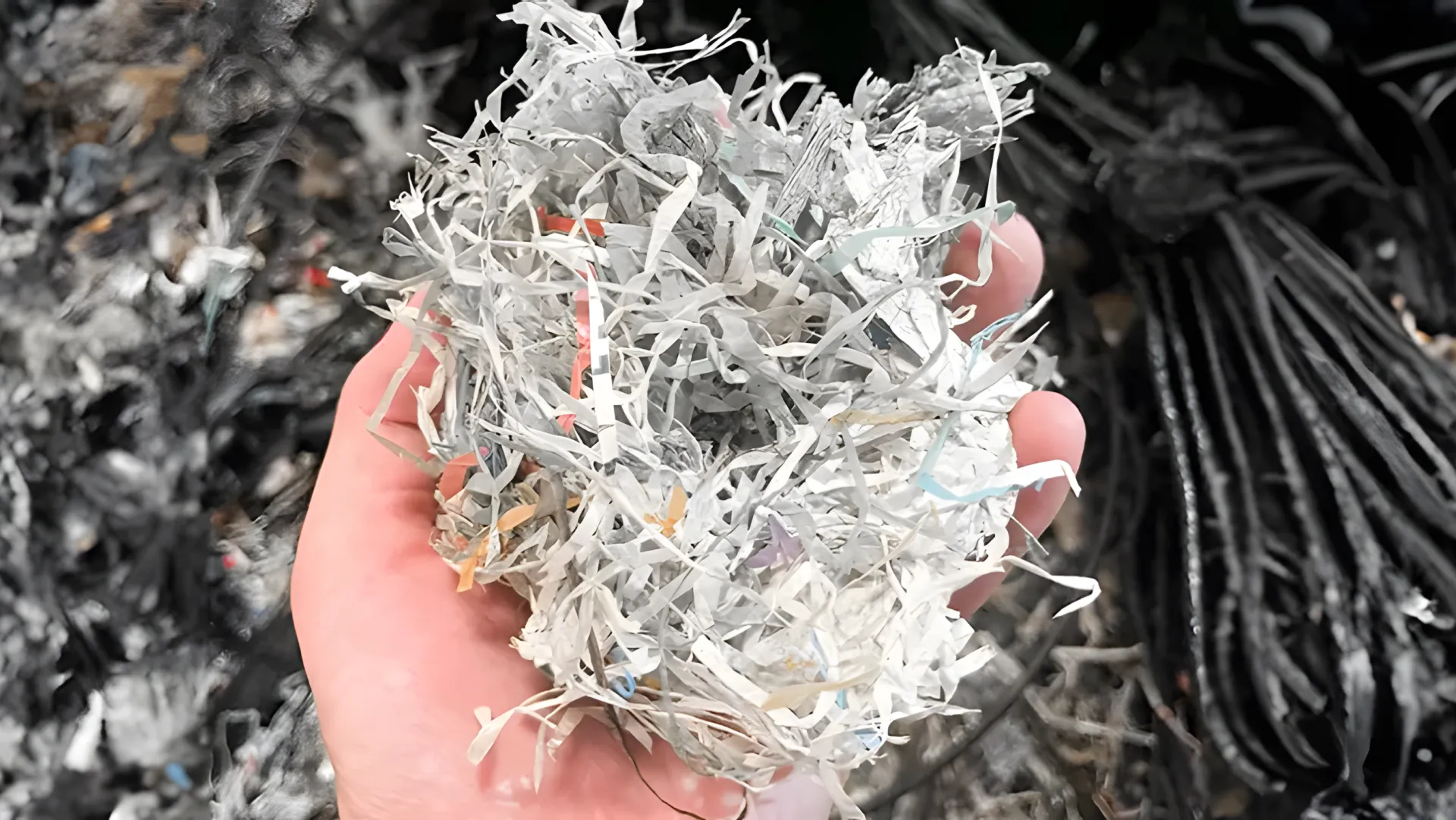Come il riciclaggio del PVC riduce l'impronta di carbonio e i rifiuti di plastica
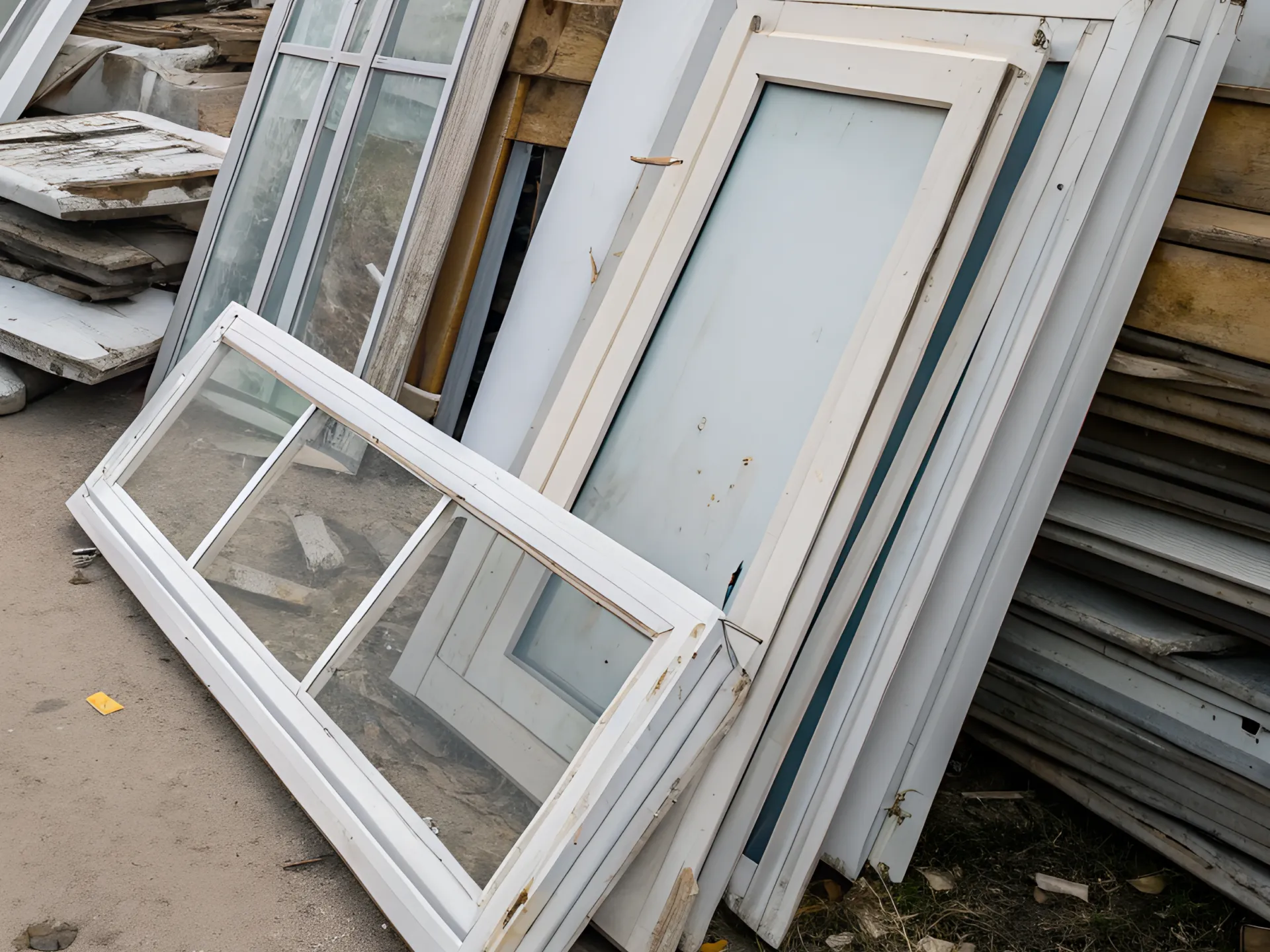
Introduzione al PVC e al suo impatto ambientale Il PVC, o cloruro di polivinile, è una delle materie plastiche più ampiamente utilizzate grazie alla sua versatilità, durevolezza,...



